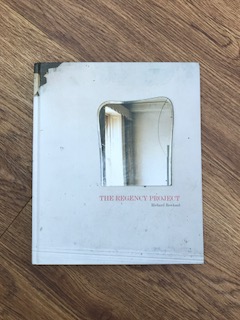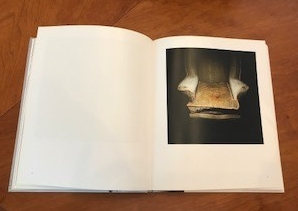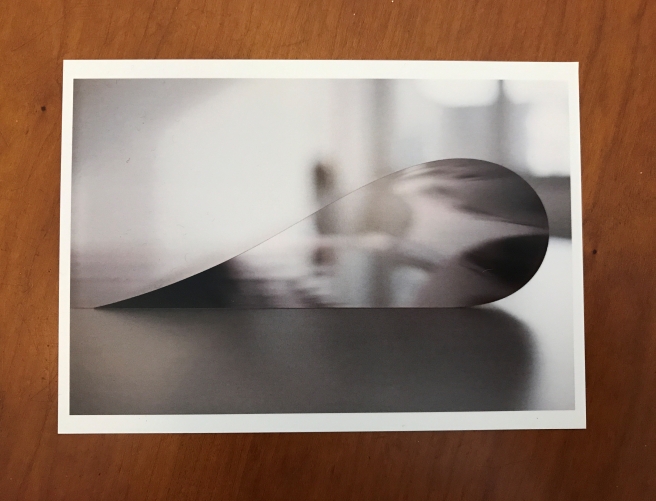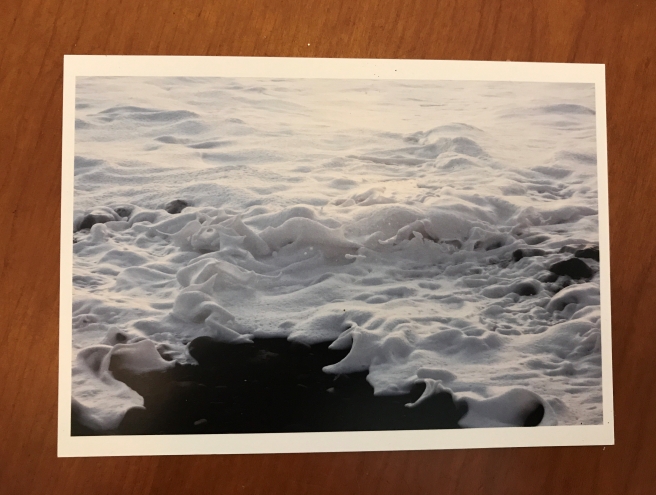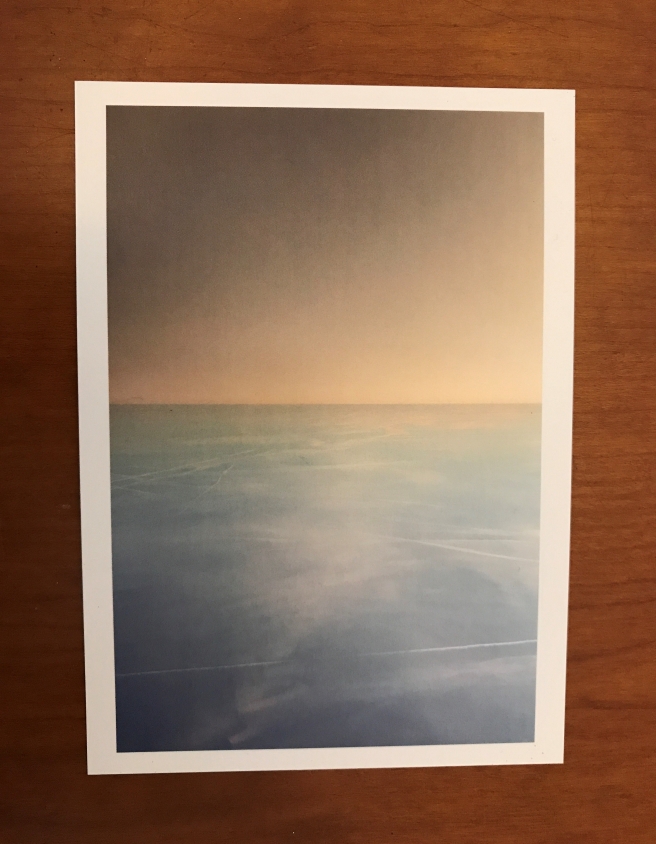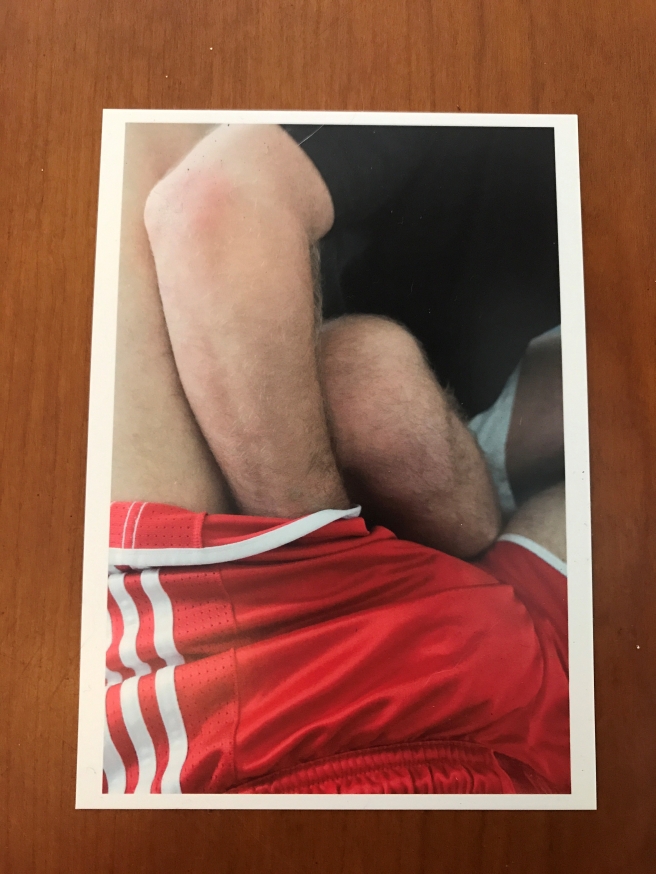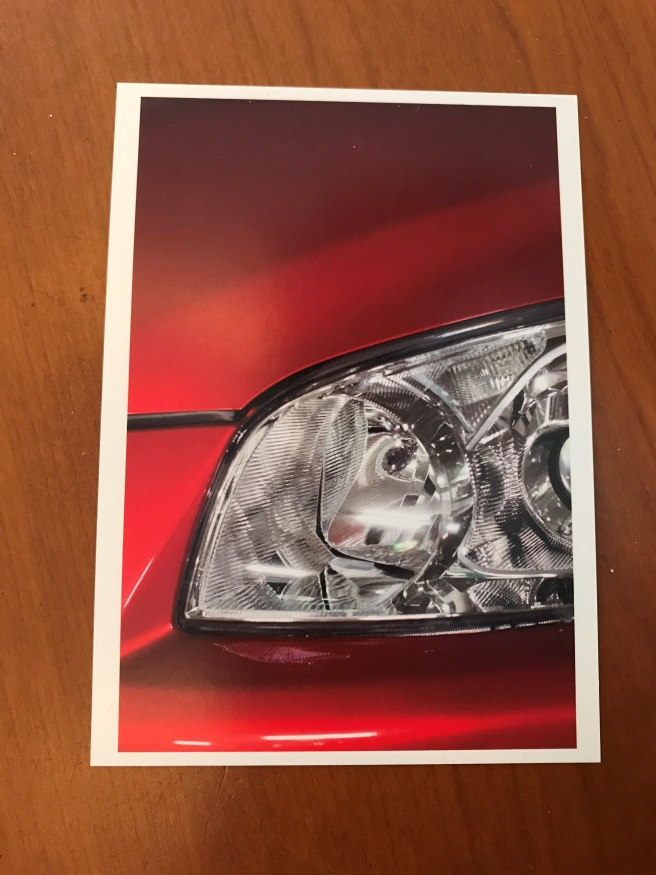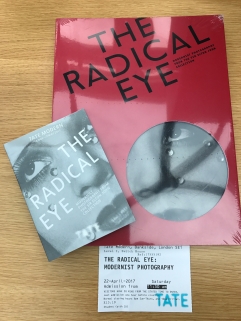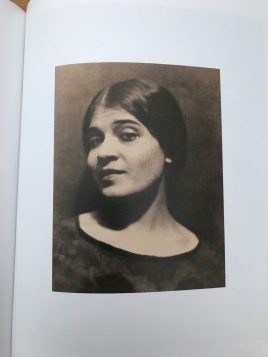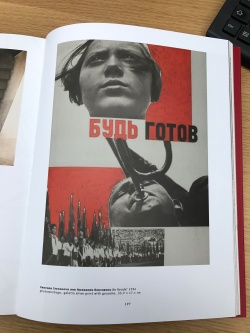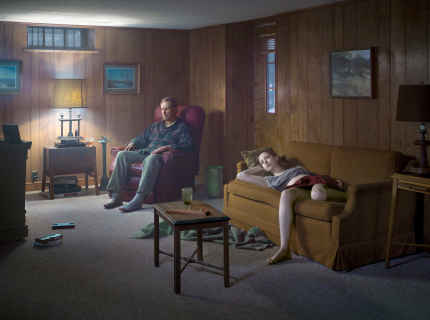
( Image by Gregory Crewdson http://agenda.parisphoto.com – Accessed 01.07.17)
I visited the Photographers Gallery on Saturday (unfortunately not as part of the study trip) to see the exhibition of Gregory Crewdsons ‘ Cathedral of the Pines’. I have always been impressed by the detail to his work but seeing it in the flesh was so much better than expected, the printed page really does his images no justice.
The entire gallery was handed over to display his work which I don’t think I’ve seen happen before? Three floor of large-scale images to peruse.
All of the images I believe were taken in a small rural town in Massachusetts, at first I followed the images and seemed to link them in my mind to make a complete story then one image would break this chain. I retraced my steps and tried to see them as individual stories, I could make a multitude of different stories and endings to each and every image which I really liked. I felt that I could peer into and beyond the trees and look through windows and doorways. The images were amazingly sharp with such clarity I felt I could continue to look into the depths and find more secrets hidden there. There is such a painterly quality about them which I imagine Gregory Crewdson draws his inspiration from, certainly for lighting them.
There is a sense of darkness and foreboding throughout the exhibition, the images were unsettling in an interesting way. They each felt to me as though a crime or catastrophe had just occurred or was looming, I could feel sadness and sometimes regret. I wonder if this comes across because although they are somewhat intimate there is no direct eye contact from any of the subjects. I find that eye contact in life is important and reassuring , a lack of eye contact can make a person feel wary which may give me this sense of foreboding.
The only observation that I found a tad irritating was the re-use of all the props. I imagine that for each image viewed as a stand alone piece this would not matter but when viewed as a collection it takes away the belief that these could be real scenes and confirms to the viewer that they are staged. I would have liked to not notice the repeated use of props. There was also one image in which the bin or maybe it was an umbrella stand appears to be hovering in mid-air! Once I saw this I could not in-see it.
